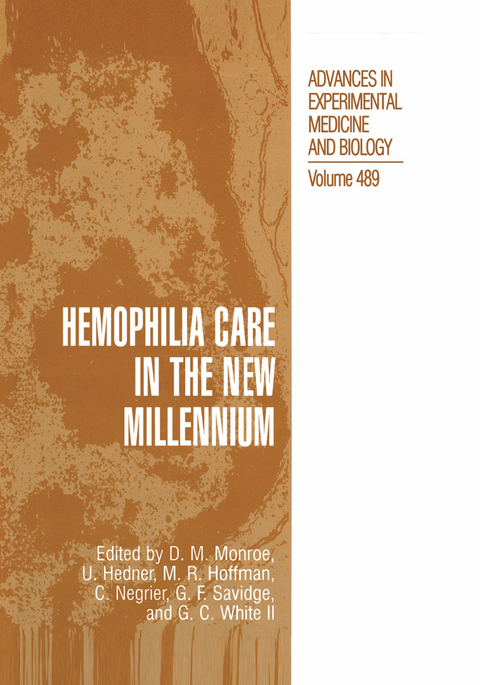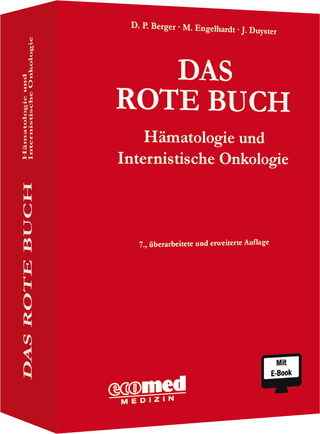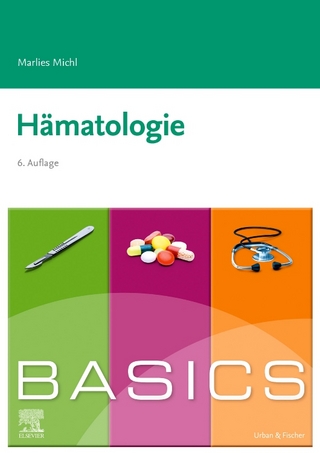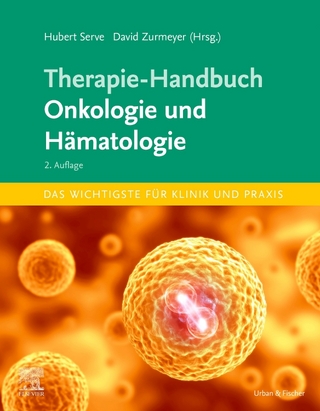
Hemophilia Care in the New Millennium
Springer-Verlag New York Inc.
978-1-4613-5474-1 (ISBN)
I. Infectious Disease Risk.- 1. The Transfusion-Transmitted Viruses in Blood Transfusion.- II. Unexplained Aspects of Hemophilia and Hemostasis.- 2. Are Patients with Glanzmann Thrombasthenia and the Bernard-Soulier Syndrome Protected Against Atherosclerosis?.- 3. Factor V: Dr. Jeckyll and Mr. Hyde.- III. Novel Approaches to Therapy.- 4. Gene Therapy for Hemophilia B: AA V-Mediated Transfer of the Gene for Coagulation Factor IX to Human Muscle.- 5. Use of Prophylaxis to Prevent Complications of Hemophilia.- 6. Factor VIII Inhibitors.- 7. Use of High Dose Factor VIIa in Hemophilia Patients.- IV. Inhibitor Development in Hemophilia Patients.- 8. The Incidence of Inhibitors in Hemophilia A and the Induction of Immune Tolerance.- 9. Mechanisms of B-Cell Tolerance.- 10. Mechanisms of Unresponsiveness: T- and B-Cell Mediated Mechanisms of Anergy.- 11. CD4+ T Cells Specific for Factor VIII as a Target for Specific Suppression of Inhibitor Production.- 12. CD40L Pathway Blockade as an Approach to Immuno-therapy.- Abstracts.- Contributors.
| Reihe/Serie | Advances in Experimental Medicine and Biology ; 489 |
|---|---|
| Zusatzinfo | XIV, 182 p. |
| Verlagsort | New York, NY |
| Sprache | englisch |
| Maße | 178 x 254 mm |
| Themenwelt | Medizinische Fachgebiete ► Innere Medizin ► Hämatologie |
| ISBN-10 | 1-4613-5474-9 / 1461354749 |
| ISBN-13 | 978-1-4613-5474-1 / 9781461354741 |
| Zustand | Neuware |
| Haben Sie eine Frage zum Produkt? |
aus dem Bereich


